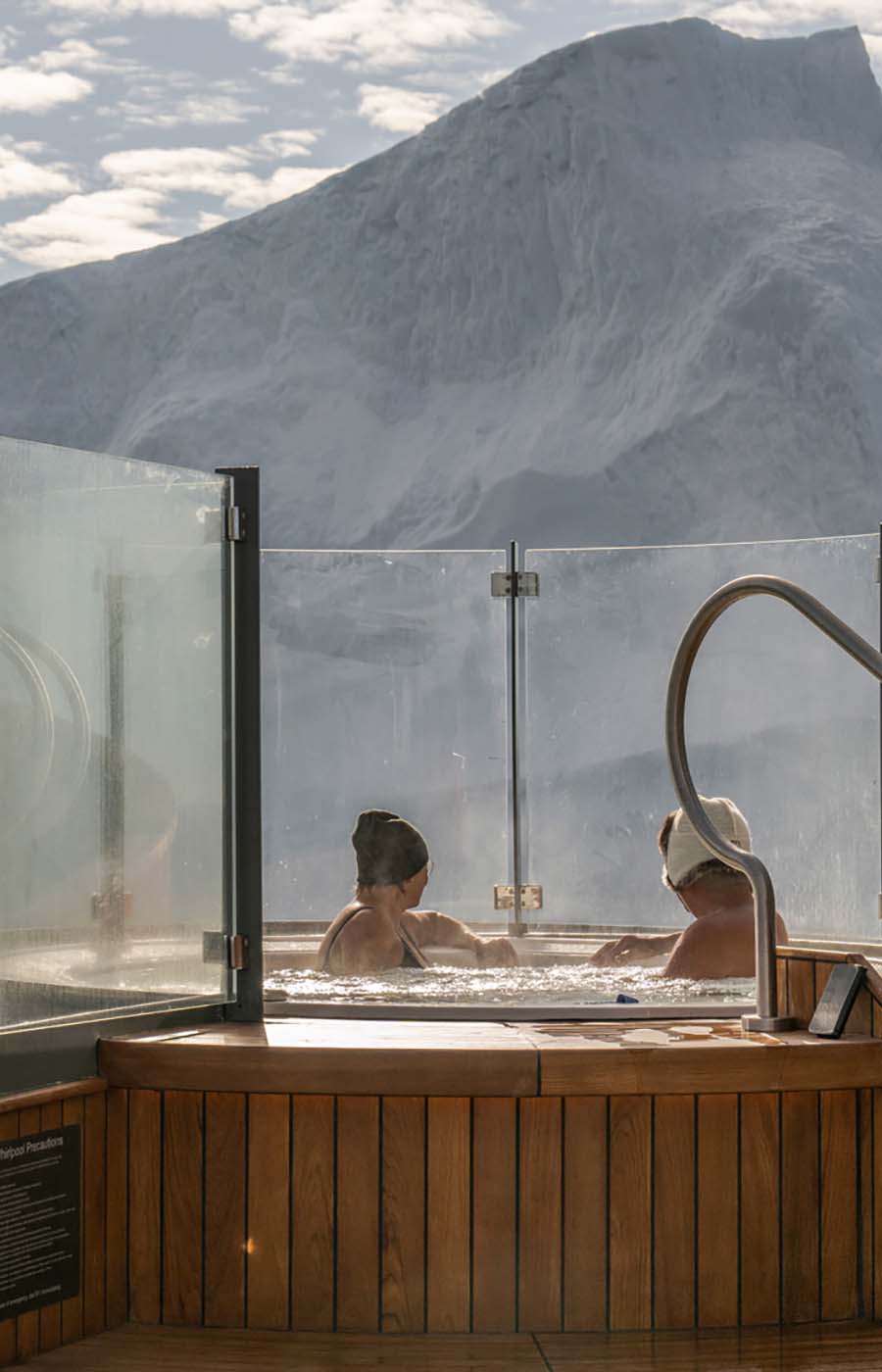Discover what makes some of the world’s most unique nautical nooks so special.
The charm of being at sea is only enhanced by the ports of call on your cruise. In Southeast Asia, Seabourn’s roster of ports both well-known and off-the-grid are key to a trip you’ll remember for years to come. There’s more than Bangkok to Thailand, and more than Ho Chi Ming City to Vietnam, and this comprehensive range of ports will enhance the immersion aspect of your trip.
In Thailand, Phuket is 536 miles from the capital city and serves as an intersection of commerce between India and China. The port is a 20-minute drive from town, and is often called the “Pearl of Thailand” because of its beaches, greenery and waterfront limestone structures that contrast the blue hues of Phang Bay. Here, you can continue your cruise by speedboat through the Phi Phi Islands and Bamboo Island, take a break at Oasis Spa Relaxation & Treatment, or enjoy a rum tasting session at Chalong Rum distillery.
Next is the more traditionally known Bangkok, which is one of the most popular destinations in the world. The city’s urban pulse is subdued by the Chao Phraya River, another attraction for water travel. If you’re looking to shop, drop by a luxury mall like Siam Paragon or Central Embassy, or enjoy a cocktail with a stunning rooftop view at the Muse Hotel.
Finally, Ko Kood is defined as an “unspoiled tropical island paradise” by Seabourn because it’s perfect for a diver or snorkeler, yet walkable if you’d rather stay on land or lay on the beach. The easternmost island of Thailand is quieter and dominated by family-run businesses, though it's largely undeveloped. Here, you can see stunning waterfalls or fishing villages, where many people make a living, or go snorkeling.
On the Vietnamese leg of the trip, Halong Bay is scenically straight out of a postcard, and a well-regarded UNESCO World Heritage location. The region is not heavily commercialized, and visitors frequently take an additional cruise around the bay on their way to Hanoi. For breathtaking views by air, consider a 25-minute seaplane flight, or try the unconventional dining experience of eating a meal in a cave.
Related Seabourn itineraries and amenities below
In Hanoi, the capital city of Vietnam, you may want to stretch and walk around Old Quarter. The city has transformed from village to busy urban area guaranteed to heighten your senses, and the area alone has a few ports including Halong Bay, Haiphong and Cai Lan. Once you’re on land, watch out for motorbike traffic. The options in Hanoi are endless, from kayaking on the West Lake to enjoying classical music at the colonial Hanoi Opera House.
Last, Ho Chi Minh City, is perhaps the most populous and dynamic of the port options. The port on the Saigon River is only a few miles from the South China Sea, and you should watch out for pickpockets. You can shop around at Ben Thanh or Binh Tay Markets for local crafts, explore historic landmarks, or roam around the French-style wide boulevards and appreciate the brightly colored temples and old architecture.
 Phuket is often called The Pearl of Thailand because of its beaches, greenery and waterfront limestone structures.
Phuket is often called The Pearl of Thailand because of its beaches, greenery and waterfront limestone structures.
 Halong Bay is scenically straight out of a postcard, and a well-regarded UNESCO World Heritage location.
Halong Bay is scenically straight out of a postcard, and a well-regarded UNESCO World Heritage location.
 In Hanoi, the capital city of Vietnam, you may want to stretch and walk around Old Quarter.
In Hanoi, the capital city of Vietnam, you may want to stretch and walk around Old Quarter.

